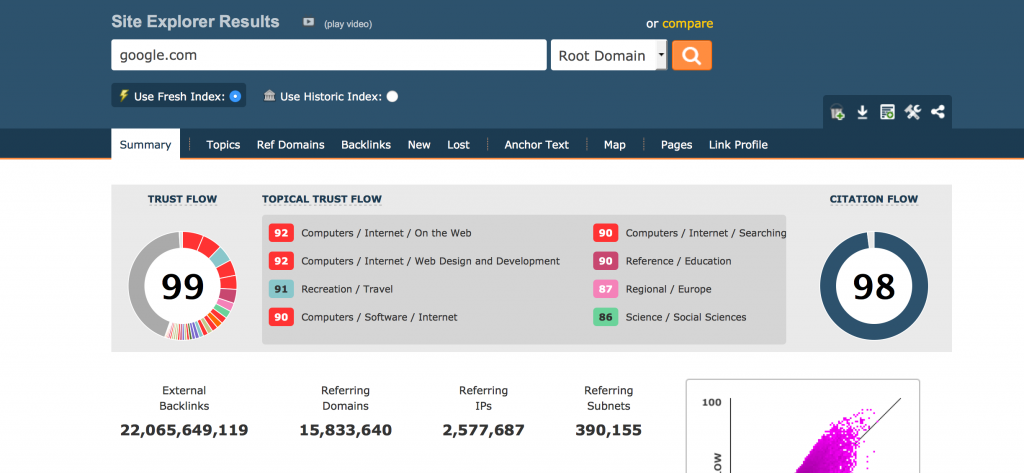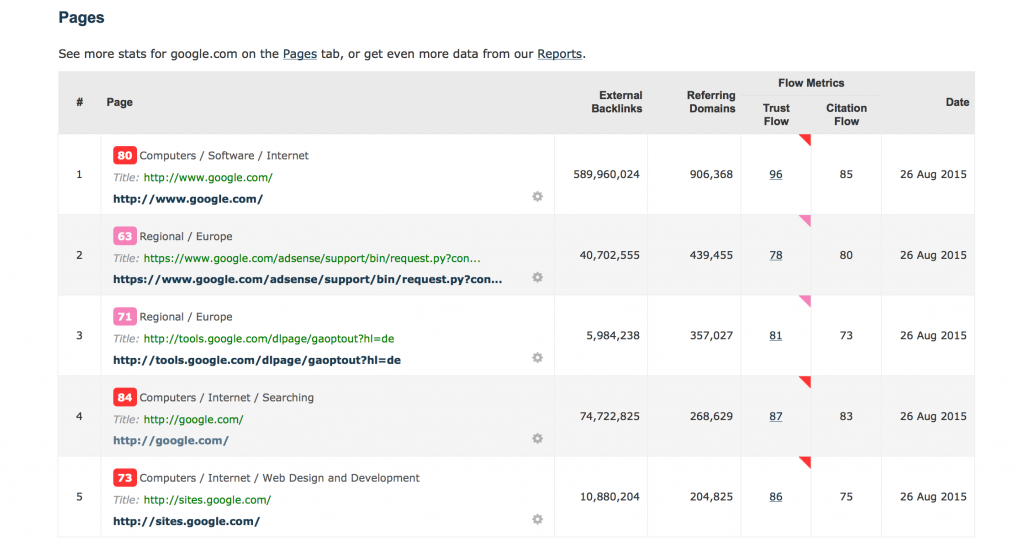Due to the last Google Panda 4.2 update, targeting the 404 to 301 redirect plugins, we figured it was time to make another post to show how to avoid some WordPress footprints.
 WordPress Plugins
WordPress Plugins
The very first rule is randomization and to avoid as many plugins as you can, when you have to use plugins, use different ones. Why? Here’s an example: Contact Form 7 is used a lot in the internet, so you might think, no worries, it’s used so much I can use it everywhere. That’s not exactly save though. Imagine a normal back link portfolio of a money site. Statistically, the backlinks will be on domains that use different contact forms, some without contact forms as well. Using the same contact form or using a contact form on every domain is, statistically spoken, a footprint.
Spyder Spanker with hidden domains, showing „Request Timed Out“ can become a footprint as well. Personally, we do use the hidden domains ourselves, though via a .htaccess code instead of Spyder Spanker, you do have to be careful with it though. We mix it up with only a portion of our domains being hidden. If you hide every single one of your link things can become dangerous if Google ever decides to target the plugin and or method in order to hit PBNs. And don’t kid yourself, targeting this with an Algorithm is rather easy.
Yes, Google is not using those exact footprint as of now, it’s even uncertain if they ever will use it. So why should you care? The answer is simple, because they might use it one day. We have warned some people in personal talks about using 404 to 301 redirect plugins (we will show a safe way for this later on in this article), yet people said it would be fine, Google didn’t use that footprint at the time after all. Yet, now Google is actively using it and that can happen with any footprint you leave. The rule of thumb is that almost any plugin can become a footprint.
WordPress Users
The first thing you have to look at, when setting up your wordpress blog is to make sure that the username is different everywhere. If you have used the same username everywhere you can change the name that is displayed.
You do so by Clicking on „Users“ in the wordpress dashboard. You then click on the username and change the Nickname. You can then choose the Nickname you have entered as the name that is displayed.
WordPress Themes
You should know this already, but it’s always worth mentioning. Do not use the same themes everywhere. Use a different theme on every domain. We would recommend not to even use different themes of the same theme provider as even this can, potentially (though more unlikely compared to everything else mentioned) become a footprint. They might look exactly the same, they could have common parts in their programming though.
WordPress Widgets
Again something that is obvious. You should have different widgets in your sidebar across your domains, simply so that you do not create a pattern. Using a text widget and adding content with a picture on the homepage only, can also lead to making your PBN look more real.
WordPress Version
Very importer to change it on every PBN Take a look at this post.
The right method to do 404 to 301 redirects:
How to do 404 to 301 redirects safely. You know that 404 to 301 redirection plugins have been getting hit and have caused a lot of deindexation. The reason isn’t that there is a 404 to 301 redirect, it’s the sheer mass of redirects that the plugin is creating. Yes, this has been a powerful tool because it has been redirecting all the link juice from the 404s but was incredibly dangerous. What you really want to do is to set redirects for the most powerful urls of your expired domain only. This way, you will still get a lot of the link juice but won’t run into the danger of having too many redirects.
You find the most powerful URLs by entering the domain into Majestic SEO. We’ve taken Google.com as an example here.

Now, when you scroll down to the bottom, you see several pages listed.

The amount of pages you see with your own expired domain will depend on what pages are powerful. The pages that are displayed here are those with the most links, which is what you really want to redirect.
You do the redirection via the .htaccess file. Into that file you enter the following code:
|
1 |
Redirect 301 /page/directory/some-old/link-file.html http://your-site.com/ |
You can place this lines before the “# BEGIN WordPress” in your .htaccess file.
Don’t always do all of the most powerful pages, mix it up a bit, sometimes take the most powerful 2, sometimes 3, sometimes 1, you should get the gist. By mixing it up you make sure not to have the same amount of redirects everywhere, which again might be a footprint.




